No questions found
At the start of summer, Miguel's 2500 L water reservoir is completely filled. He uses 150 L of water every week for his plants.
a. Calculate how much water remains in the reservoir after 1, 2, 3, and 4 weeks.
b. Explain why the amount of water left in the reservoir after $n$ weeks forms an arithmetic sequence.
c. Determine the number of weeks it will take for Miguel's reservoir to be empty.
The diagram shows a flowering plant.
A key can be used to identify the plant.
Which letter in the key identifies the flowering plant shown in the diagram?
Mark is making orange juice. After squeezing 8 oranges, he has gathered 365.6 mL of juice.
(a) Calculate the average amount of juice he gets from each orange.
(b) Based on this average, create an arithmetic sequence $v_n$ that represents the total amount of juice collected from squeezing n oranges.
(c) Estimate the total amount of juice collected from squeezing 15 oranges.
In a theater, the seats are arranged in rows following an arithmetic sequence. There are 22 seats in the fifth row and 52 seats in the tenth row.
(i) What is the common difference, $d$, of this arithmetic sequence?
(ii) What is the number of seats in the first row of this sequence?



















